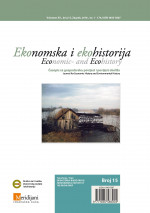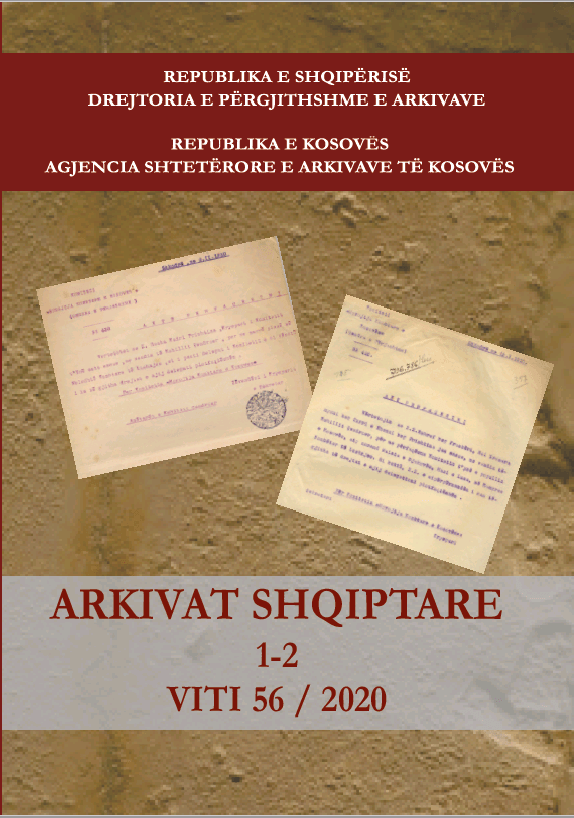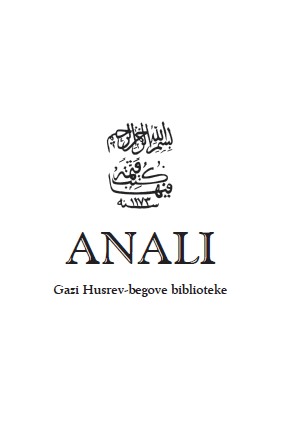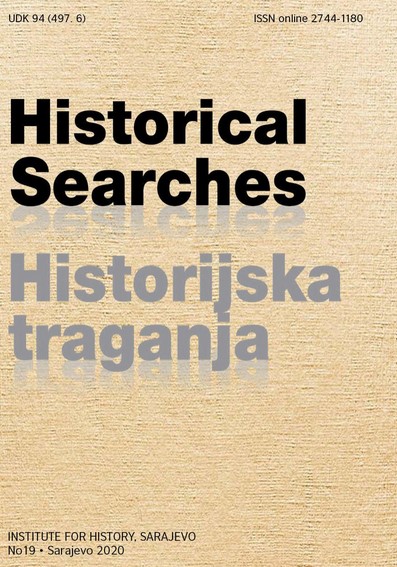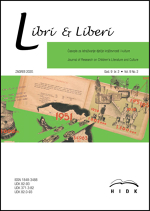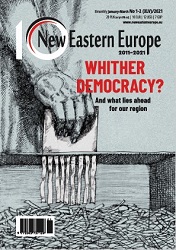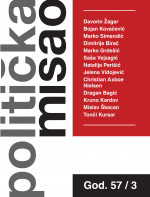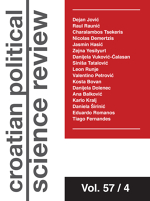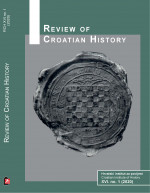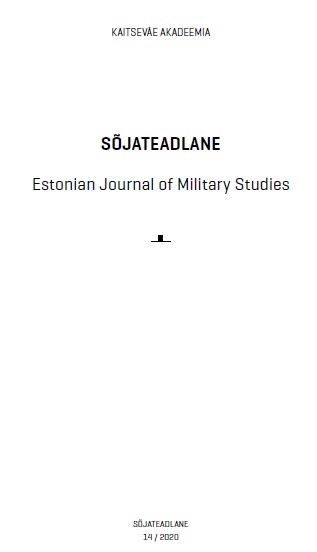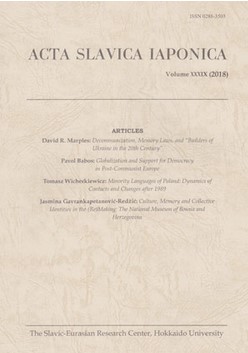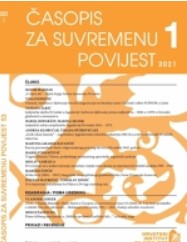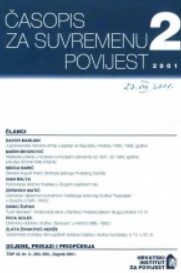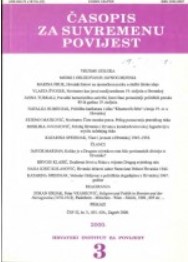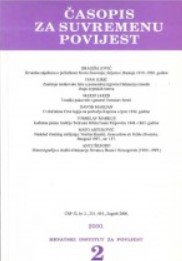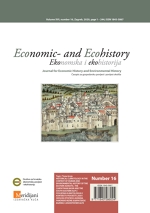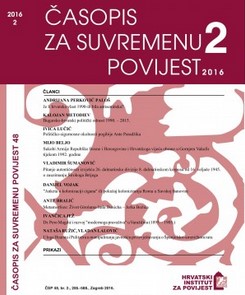Author(s): Zoran Markov / Language(s): Romanian
Issue: 1/2019
The collection of weapons of the National Museum of Banat in Timişoara currently includes ten pieces attributed with certainty to the African space, all ten objects falling into the category of cold weapons. Even though it is numerically small, the Timişoara collection includes five different types of cold weapons: 1. A Kaskara-type Sudanese broadsword; 2. A Shotel-type Ethiopian sword and a Mandingo-type West African sword; 3. Two GaboneseFang daggers, one Congolese Konda dagger and one Sudanese Khanjar dagger; 4. Two Marutse-Mambunda battleaxes; 5. A Zande-type Central African arrow quiver. The Timişoara collection covers a vast geographical area, from Sudan and Ethiopia in the east, to Mali and Gabon in the west, and from the central part of the continent, respectively the Congo area, to the south-eastern extremity of Black Africa. The Timişoara collection includes both weapons of Islamic influence, in the geographical area that separates the north of the continent from sub-Saharan Africa, and pieces typical of Black Africa, attributed to indigenous tribes who lived in the central and southern part of the continent. Islamic influence, especially Persian, is found mainly in Sudan, in Northeast Africa, where many types of cold weapons made after the Iranian model were used at the end of the nineteenth century. A special feature of African pieces is related to the materials and techniques used to make them. In the northern half of the continent, predominantly Muslim, the skins of various reptiles were used to cover the scabbard and handles (the most extravagant pieces are those covered in crocodile skin), and some less used metal-chemical techniques practiced in Europe (a process in which the calligraphic inscriptions were embossed on the surface of the steel). Among the weapons from the Black African area, the most spectacular pieces are the Gabonese daggers, which stand out with an extravagant design and superior quality of the materials used. Of the ten African weapons in the NMoB collection, two are purely ceremonial pieces, not designed for use on the battlefield. The two Sudanese weapons, the Kaskara broadsword and the Khanjar dagger, have many characteristics typical of ceremonial pieces: blunt edges, thinness and fragility of the blades, scabbards made of cardboard reinforced with textile material, then covered in crocodile skins. Regarding the dating of African weapons in the NMoB collection, we can propose a general dating ranging from the 19th century to the first decades of the following century. We also have more accurate dates of some of the pieces. is is the case of the two Marutse-Mambunda battle axes, picked up by the Czech explorer Emil Holub during his South African expeditions in the second half of the 19th century. The two pieces are also the oldest African weapons in the NMoB collection, having been inventoried in the fall of 1894. In terms of provenance, along with the Holub donation, we must also mention the batch of weapons inventoried in 1968 (Fang daggers and Zande arrow quiver), but also the parts purchased in 2009 (the Mandingo sword and the Konda dagger).The ten African weapons, which are part of the group of exotic pieces in the NMoB collection, illustrate the richness and diversity of Romanian museum collections in the military field. Unfortunately for scientific research, the collections of exotic weapons present in Romanian museums, although spectacular and attractive, are far too little known in the international specialized literature.
More...
